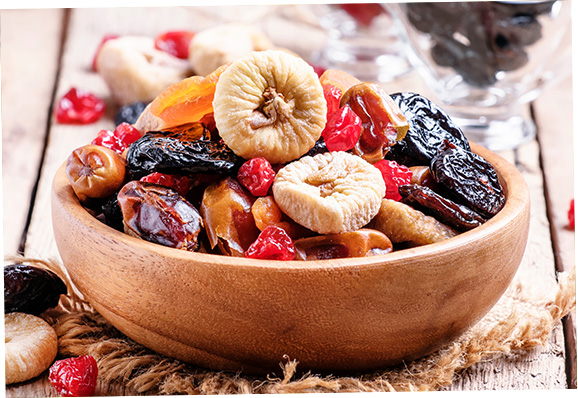Lipid Transfer Proteins (LTPs) are found in plants and foods that contain plants. Lipid Transfer Protein Syndrome is an allergy affecting people who have become sensitised to LTPs . They may thus react to vegetables, fruits, nuts or cereals. It is not known how many people have this allergy. The condition is more common in adults and is thought to be quite rare in children.
In many cases a reaction only occurs if there is an additional co-factor such as exercise, stress, drinking alcohol or having taken an NSAID (aspirin, ibuprofen or similar) within the last few hours.



